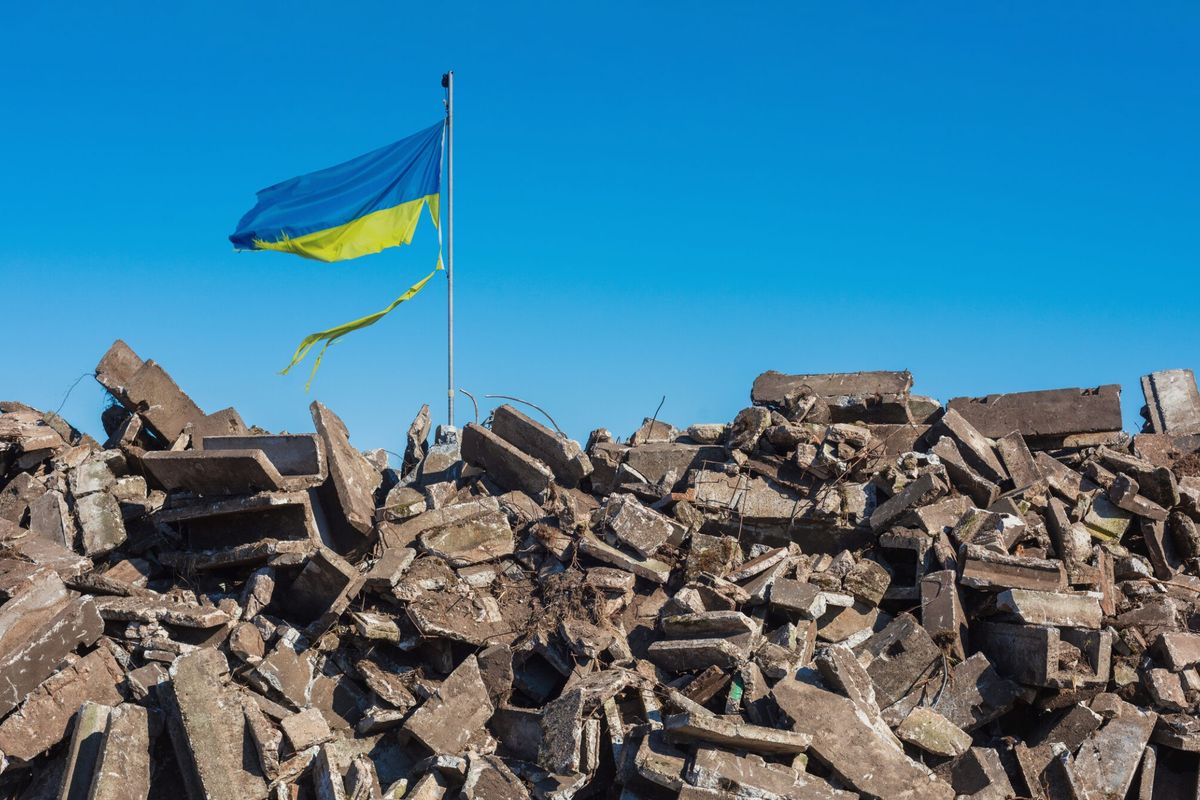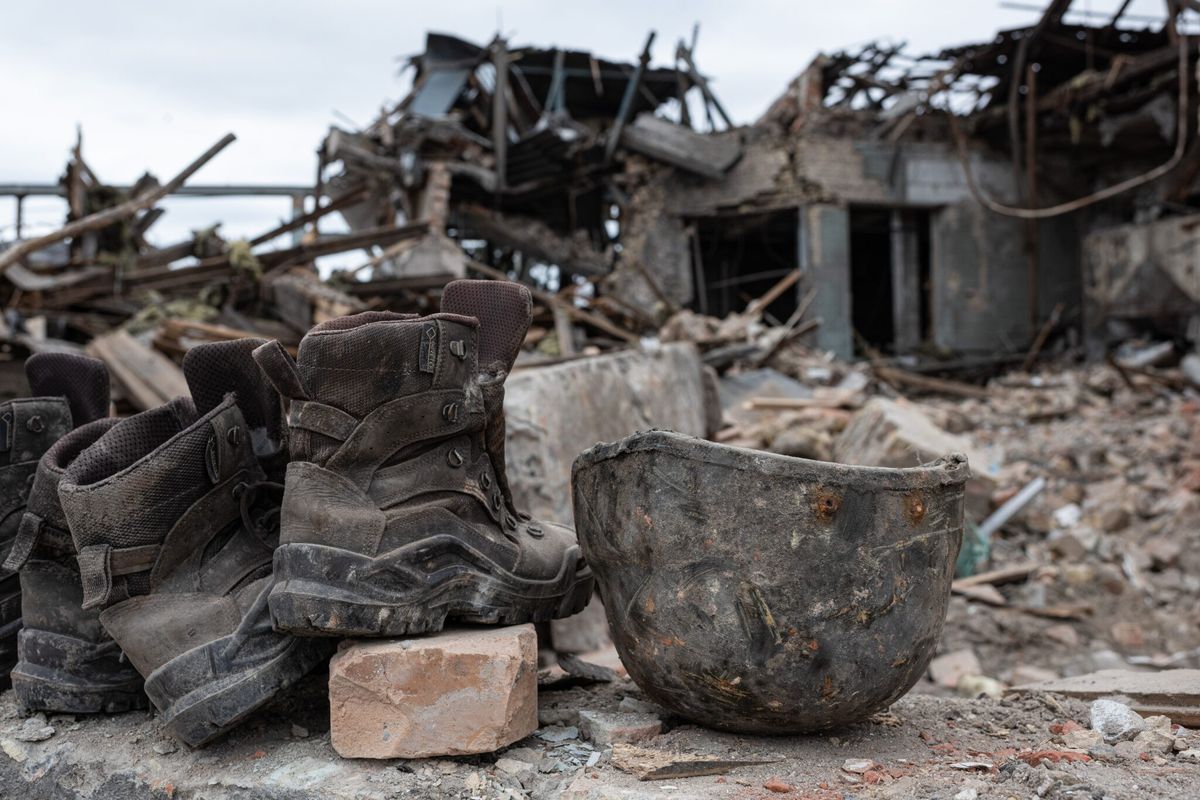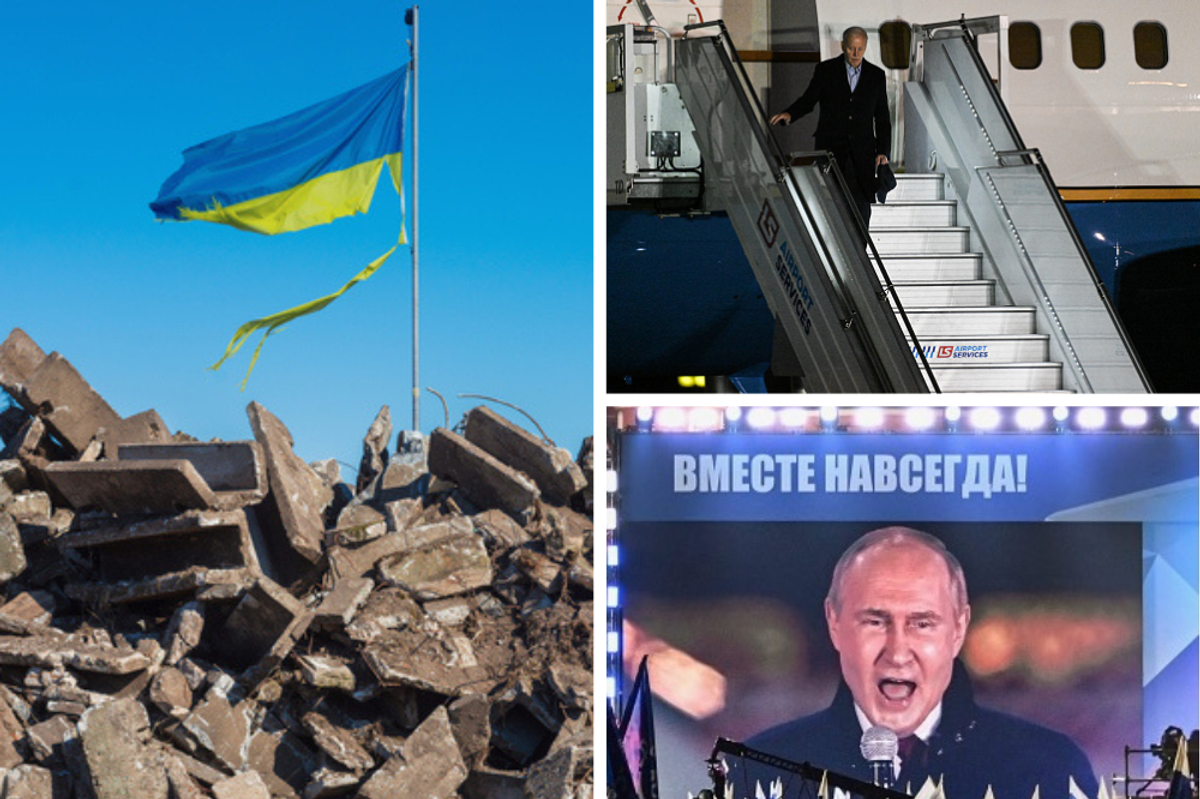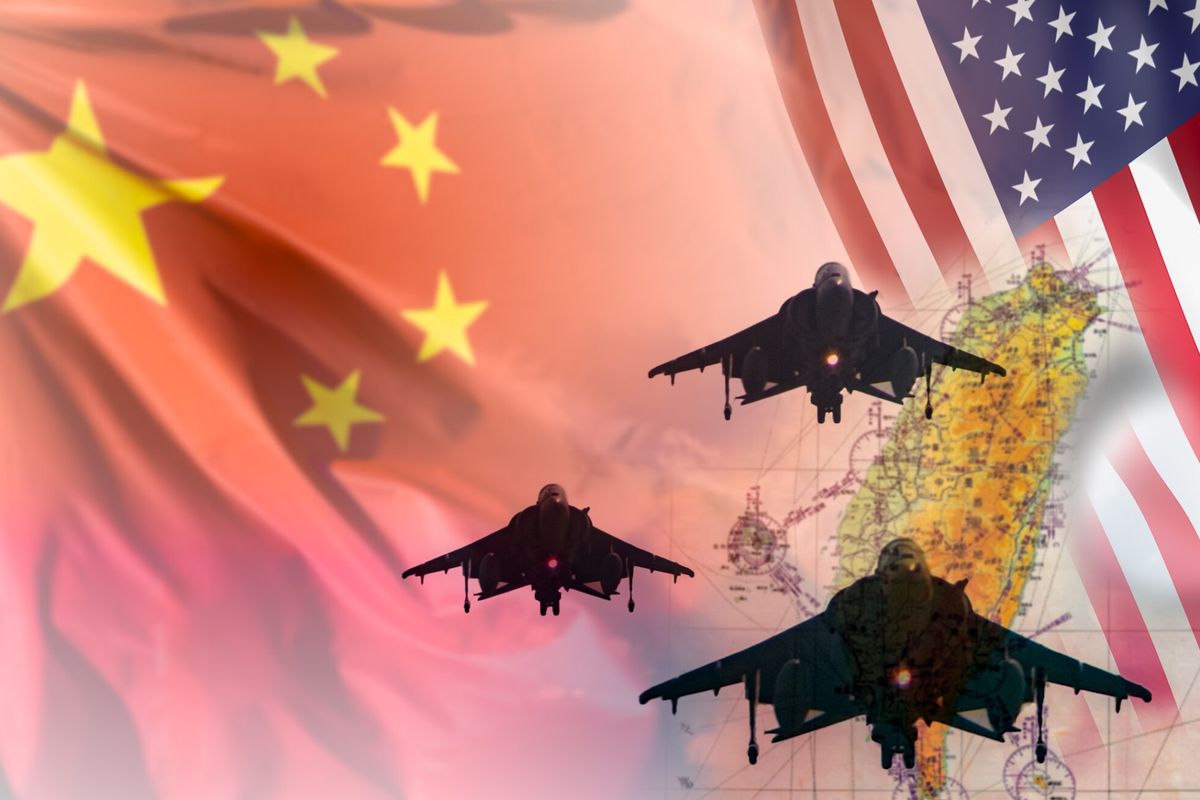The worst mass shooting in modern U.S. history raises tough questions about how to guard against attacks on open crowds – and puts more responsibility on the crowd itself to look out for threats and escape routes in any public setting, former NYPD Detective Sergeant Joseph Giacalone told The Cipher Brief.
“Every time you go to a venue, you’re going to have to look for emergency exits. Unfortunately, that’s the mindset you have to be in now,” Giacalone said. “When you’re doing your security plans for major events, you’re going to have to go to the surrounding areas that are in sight and sound of your venue.”
At least 59 people are dead and more than 500 injured at a country music concert in Las Vegas, Nevada on Sunday night. The shooter, identified by authorities as Stephen Paddock, 64, took his own life after the massacre. Paddock fired into the concert crowd from the 32nd floor of the Mandalay Bay hotel.
The hotel was about a half a mile away from the concert. Concertgoers were likely checked or scanned on the way in, but apparently no one was thinking about an attack from above. Giacalone, now a professor at John Jay College of Criminal Justice, said that’s a siren to law enforcement that may well change the way police ensure security at future events.
Giacalone told The Cipher Brief that the massacre also presented a challenge for any law enforcement agency trying to sniff out threats before they happen. In this case, Paddock left no obvious trail.
“Here’s the problem. Every other incident we’ve had before this there’s been a manifesto left online. I haven’t seen or heard about any of his social media dealings,” Giacalone said. “From an intelligence stand point, he was below everyone’s radar.”
Below is the full interview with Giacalone.
Wilson Dizard is a national security editor at The Cipher Brief. Follow him on Twitter @willdizard.












